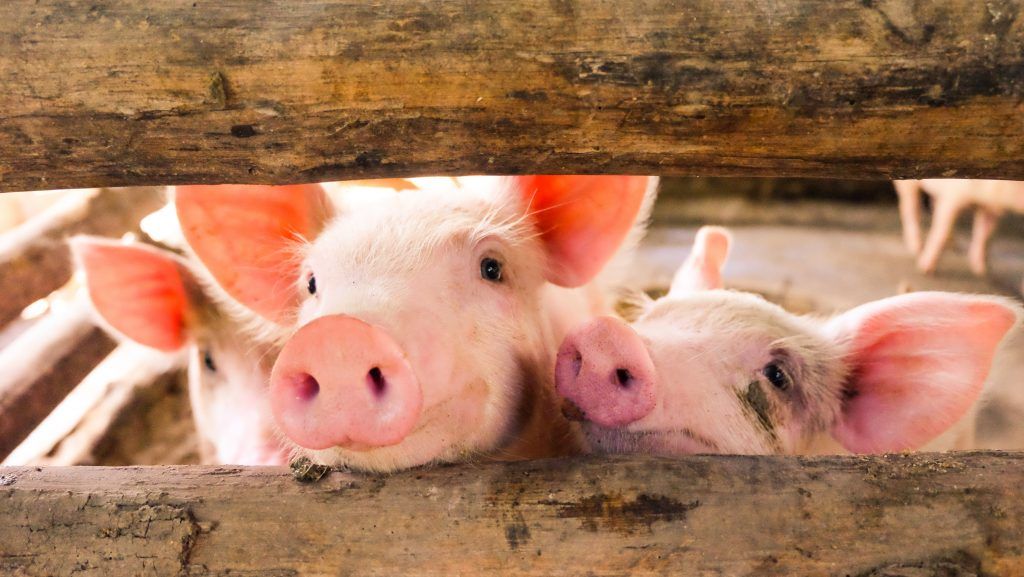Chinese pork imports originating in the United States were $387 million in 2023, a 76.5% decline from their all-time high in 2020.
What was the recent trajectory? These Chinese foreign purchases declined from $1.649 billion in 2020, to $885 million in 2021 and then to $519 million in 2022, according to U.S. Commerce Department data.
So far, China maintains an approach to U.S. pork that appears inconsistent with international standards, says the White House Trade Representation (USTR).
This limits the potential for an important export market given China’s growing meat consumption and significant domestic pork shortages due to African swine fever.
Specifically, China bans the use of certain veterinary drugs and growth promoters instead of accepting maximum residue limits (MRLs) set by the Codex Alimentarius (Codex).
Chinese imports
As part of the Phase One Agreement, China agreed to expand the list of pork products that are eligible for import, including processed products such as ham and certain types of offal that are inspected by the U.S. Department of Agriculture’s Food Safety and Inspection Service for domestic and international trade.
China also agreed to conduct a risk assessment for ractopamine in swine and cattle as soon as possible and to establish a joint working group with the United States to discuss next steps based on the risk assessment.
As of December 31, 2023, China had not completed the risk assessment and therefore has not yet moved forward on next steps based on the risk assessment, which should include setting MRLs or import tolerances.
Avian Influenza
In the Phase One Agreement, China agreed to maintain measures consistent with World Organization for Animal Health (WOAH) guidelines for future outbreaks of avian influenza. China also agreed to sign a regionalization protocol within 30 days of the agreement’s entry into force, which it did, to help avoid unwarranted nationwide restrictions for animal diseases in the future.
This protocol requires China to resume accepting poultry imports from states with detections of highly pathogenic avian influenza (HPAI) within five days of receiving a report from the United States that the states are free of HPAI.
Upon implementation of the protocol, China initially complied with its terms.
Beginning in February 2022, the United States notified China of HPAI detections in several Chinese states. In the following months, several states recovered from these detections and were deemed HPAI-free by the United States.
The United States submitted reports to China for these states and requested approval to resume exporting poultry from these states to China.
By the end of 2023, China had yet to confirm reinstatement of market access.

